SIM Card Number Explained: How It Works and Why It's Important
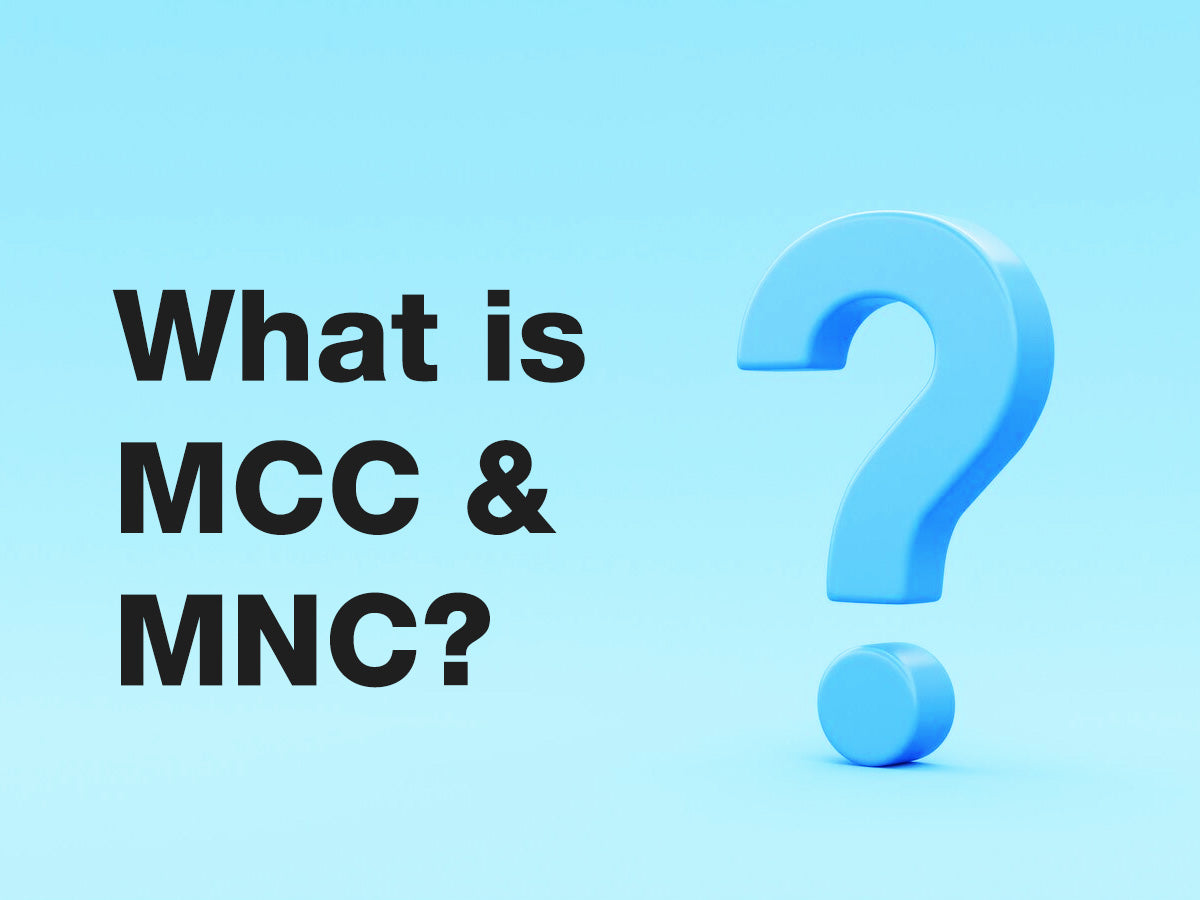
That tiny microchip known as a SIM (subscriber identity module) card is an easily overlooked yet critical component in your mobile device. The gold squares and traces contain more than just storage space for contacts and messages. The SIM card houses a unique SIM card number that links your device to available cellular networks for connecting calls, texts, and data.
This number, usually between 12 and 20 digits, acts like a mobile phone's social security number, representing the very identity of your service. The way the SIM card number functions provides real insight into mobile technology. Understanding the composition and role of your SIM number means understanding the backbone, enabling your smartphone to operate seamlessly each day.
Understand a SIM Card Number
The first three digits of your SIM card number represent the mobile country code (MCC). This ties the number to your phone's country of origin. For example, 310 indicates the United States. The next two or three digits make up the mobile network code (MNC). This identifies the specific mobile carriers providing service, such as Verizon, AT&T, and T-Mobile. Together, the MCC and MNC get your new device immediately recognized on its native network when first connecting after activation.
Later digits in your SIM number play pivotal roles in identifying individual subscribers, devices, and even plans or special features associated with accounts. Each carrier also builds in an integrated circuit card identifier (ICCID) as part of the string of numbers. This distinguishes SIM cards on the same mobile networks-meaning your friend on the same carrier won't have the same ICCID sequence. The remaining digits are reserved space for operators to fill in special service codes and preferences.
How Network Registration Works?
When you insert a new SIM card and power on your smartphone for the first time, the preloaded profile data immediately syncs with nearby cell towers registered to your carrier. The MCC and MNC in the SIM number allow towers to recognize the device, which can access the branded network. Essentially, the SIM card number enables your phone to handshake with cell towers to confirm you are a subscriber with an active account status. As you move locations, your phone swaps between tower signals seamlessly thanks to the behind-the-scenes recognition capabilities coded into your unique SIM card number.
Without this mobile identity on the SIM card, cell towers would have no way to validate devices attempting to use precious cellular services and bandwidth. Phone carriers invest billions into networks and spectrum, so granting access requires proof subscribers purchased plans. The SIM card digit codes provide the first step for your smartphone to gain entry permissions.
Why the SIM Number Matters?
The SIM not only represents network access passcodes, but the card number likewise unlocks customized features associated with accounts. For example, if you enroll in international roaming or mobile hotspot permissions, the carrier links those upgrade options to your SIM profile using identifiers in the number. This simplifies activating or deactivating features instantly without needing new SIM card issuance each time.
Additionally, smartphone manufacturers tie device-specific capabilities to this number. Your phone can only achieve peak performance when optimizing hardware operations to a SIM profile belonging to the same phone model. Swapping the SIM into a different device often results in the loss of features that rely on the native number. However, carriers can update SIM profiles with new phones if you provide accurate account details when upgrading. This allows transferring service with all previously ordered options intact.
Your SIM number also directly impacts mobile security against identity threats. Hackers constantly craft schemes to hijack phone numbers to divert calls and texts and gain account access. By protecting the integrity of your SIM information, though, carriers reduce vulnerabilities. If attempts seem suspicious, they can instantly deauthorize numbers until they confirm real ownership. Having a valid, uniquely identifiable SIM number means having the first layer of defense for wireless safety.
What Happens When Switching SIM Cards?
The mobility of SIM cards allows users to conveniently activate devices across various networks, accounts, and international borders. Yet each time the SIM slots into new hardware, the replacement immediately contacts towers to authenticate service based on the new coded number. If you upgrade phones on the same carrier, the network automatically transfers your specifics to the newly detected SIM profile. However, switching carriers or countries requires additional steps with customer support to correctly register the distinct SIM data for enabling functions.
When crossing borders, pay special attention to using endorsed SIM cards aligned to that country to avoid roaming fees or coverage gaps. The SIM number must register locally at towers for optimal connectivity. Additionally, contact carriers to understand permanent and temporary unlocking stipulations for using different SIMs abroad to prevent service disruptions when returning home. Always knowing details about the inserted SIM means understanding critical specifics about available coverage.
How to Maintain Your Sim Card Number's Privacy?
While essential for powering service, your SIM profile retains sensitive identification about usage that some wish to protect. Private data can include location markers of calls, browsing trends, app behaviors, and more that carriers can sell or distribute. However, customers can enroll in options obscuring certain identifiers in their number by requesting anonymized profiles. This means random, impersonal sequences are added to the SIM number when connecting towers. Doing so prevents personalized data mining. Although tracking still occurs for managing service, specific subscriber habits remain cloaked-keeping privacy intact.
The Bottom Line
In summary, your SIM number encoded onto the card represents far more than readily meets the eye. The sequence of digits provides the foundation for granting mobile access, activating features, registering devices securely to networks, and managing privacy. Without this unique identifier performing behind the scenes, smartphones simply become wireless paperweights. Next time you insert your nano chip SIM, reflect on how that miniature technology makes your entire mobile life possible. What may seem like randomly generated numbers actually wires you into the modern digital universe. Your personal SIM card digit string means having the authentication key to unlock connections across communication channels whenever and wherever stories demand sharing.


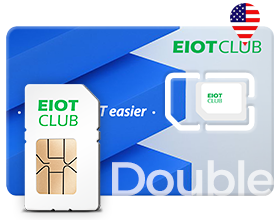
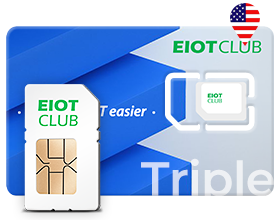







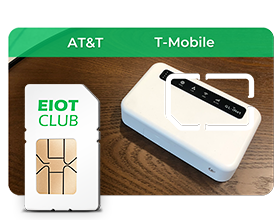



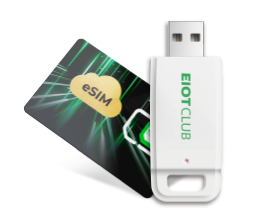









 Black Friday
Black Friday






